We may not have the course you’re looking for. If you enquire or give us a call on 01344203999 and speak to our training experts, we may still be able to help with your training requirements.
Training Outcomes Within Your Budget!
We ensure quality, budget-alignment, and timely delivery by our expert instructors.
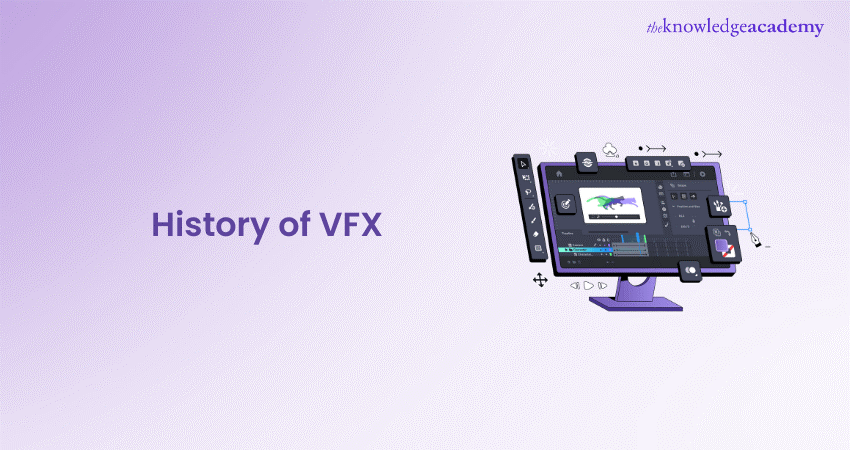
Have you ever been awestruck by a mythical creature on screen or a mind-bending explosion that seemed all too real? The magic behind these experiences lies in the art and science of visual effects (VFX). The history of VFX is a fascinating journey, tracing the evolution of how filmmakers have brought imagination to life on the silver screen.
VFX are no longer a novelty – they're an essential part of modern filmmaking. From subtle enhancements to awe-inspiring alien landscapes, VFX enhances our cinematic experience, transporting us to fantasy worlds and making the impossible seem believable. This exploration of VFX history will take you on a thrilling ride, revealing the pioneers, groundbreaking techniques, and the continuous evolution that has shaped the way we see movies today. So, buckle up and prepare to witness the revolution in visual effects!
Table of Contents
1) History of VFX
a) 1920s–40s Early Effects
b) 1950s–60s
c) 1970s–80s Arrival of Computer Graphics
d) 2000s–10s
2) The Future of Visual Effects
3) Conclusion
History of VFX
In 1857, Oscar Rejlander pioneered the first “special effects” photograph by merging parts of 32 negatives into one composite image. Later, in 1895, Alfred Clark is credited with producing the first motion picture special effects. During a reenactment of Mary, Queen of Scots’ execution, Clark executed a clever trick. He paused filming as the axe was raised, replaced the actor with a dummy, and then resumed, capturing the beheading on film. This “stop trick” became a staple in special effects for decades.
Georges Méliès, a cinema innovator, stumbled upon the “stop trick” when his camera malfunctioned during a Parisian Street scene shoot. The resulting film showed miraculous transformations—a truck morphed into a hearse, people changed directions, and men turned into women. This serendipitous event led Méliès, then the stage manager at the Theatre Robert-Houdin, to create over 500 short films by 1914, pioneering techniques like multiple exposures, time-lapse photography, dissolves, and hand-painted colour.
Méliès, known for his ability to alter perceived reality through film, earned the nickname “Cinemagician.” His most renowned work, “Le Voyage dans la lune” (1902), humorously riffed on Jules Verne’s novel and showcased a blend of live-action, animation, and detailed miniature and matte painting techniques.
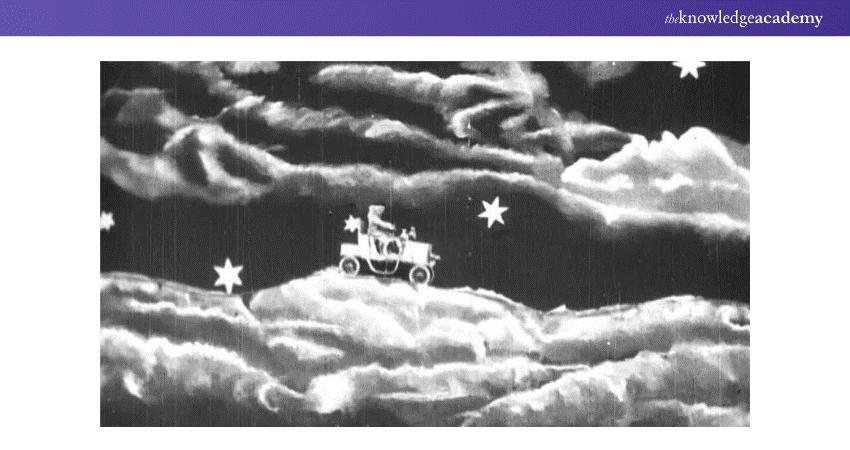
Over the next two decades, special effects evolved, with matte painting techniques appearing in films such as “The Great Train Robbery” and “The ‘?’ Motorist” (1906). Méliès’ contributions laid the groundwork for the visual trickery that would become a cornerstone of cinematic storytelling.
1920s–40s Early Effects
By the mid-1920s, cinematic special effects were evolving rapidly. The Schüfftan process, a pioneering technique involving mirrors to combine actors with miniature sets, was famously used in Fritz Lang’s “Metropolis” (1927). This method influenced many modern films, including “The Lord of the Rings” and “Armageddon” (1998). Additionally, MGM developed the Complete Reduction Process, enhancing films like “The Hunchback of Notre Dame,” “The Ten Commandments,” and “Ben-Hur” with more realistic effects.
Iconic films of the era, such as “King Kong” and “Gone with the Wind,” showcased the growing sophistication of special effects. In 1937, Walt Disney’s “Snow White and the Seven Dwarfs” marked the dawn of a new era for animated feature films. Two years later, “The Rains Came” won the inaugural Academy Award for Special Effects, with its impressive flood scene, while “The Wizard of Oz” and “Gone with the Wind” were also nominated.
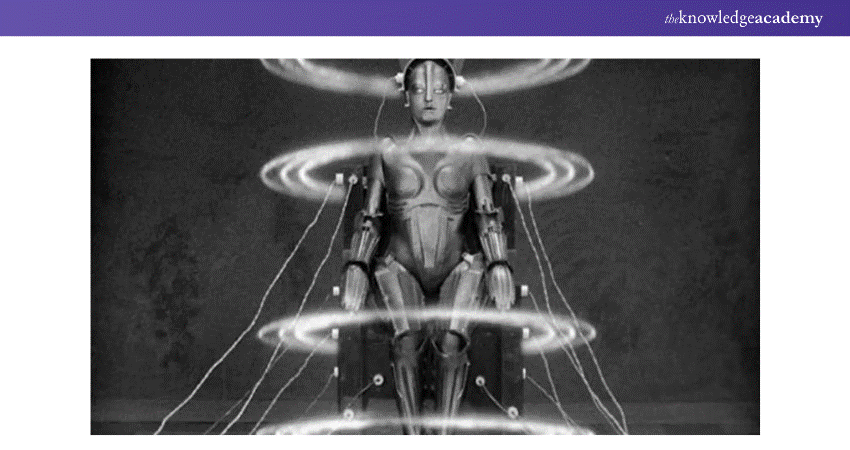
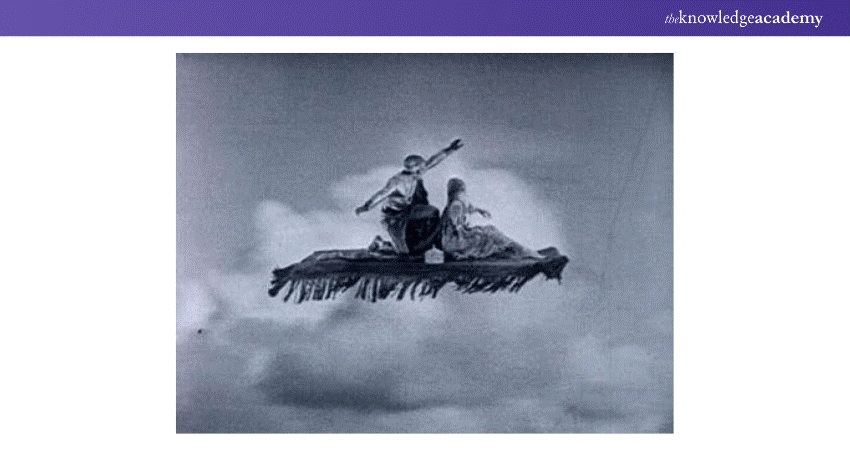
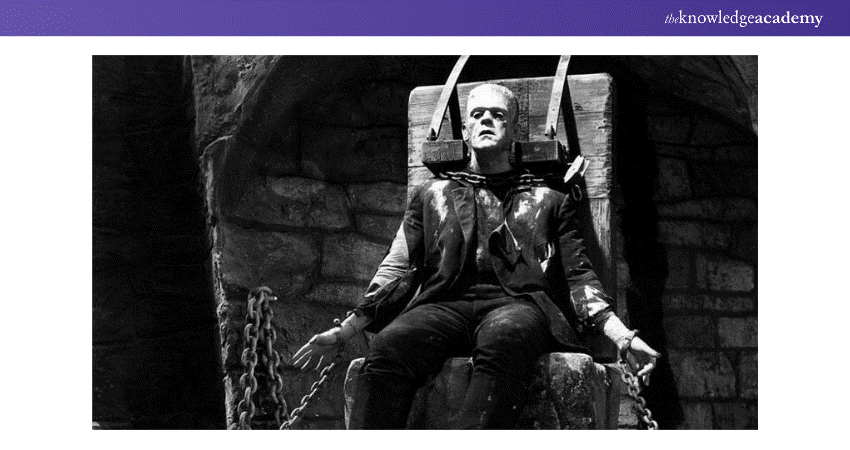
During this period, several films made notable advancements in special effects:
a) “What Price Glory?” (1926) is recognised for its early use of special effects.
b) “The Crowd” (1928) and “Just Imagine” (1930) creatively employed miniatures.
c) “Die Nibelungen” (1924) featured a massive 60-foot dragon using the Schüfftan process.
d) “The Thief of Bagdad” (1924) amazed audiences with a flying carpet achieved through wirework.
e) “Frankenstein” (1931) utilised electrical effects to bring the monster to life.
f) “Citizen Kane” (1941) combined advanced optical printing with matte painting and miniatures to create its timeless visual style.
These films not only entertained audiences but also set a precedent for the use of special effects in storytelling, pushing the boundaries of what was possible on screen.
1950s–60s
The development of the motion control rig marked a significant advancement in filmmaking. Alongside this, the Semi-Automatic Ground Environment (SAGE) system introduced the first interactive computer graphics. The 1950s saw a decline in movie attendance due to the advent of television, but notable films like "Destination Moon," "War of the Worlds" (1953), "The 7th Voyage of Sinbad" (1959), and "Forbidden Planet" (1956) made their mark. "The Ten Commandments" was pioneering for its use of the blue screen technique.

The 1960s were a time of innovation in visual effects, highlighted by "Jason and the Argonauts" with its groundbreaking stop-motion skeleton battle, which later influenced films such as "The Mummy." Alfred Hitchcock's "The Birds" received the first Academy Award for Best Visual Effects in 1963. "2001: A Space Odyssey" (1968) introduced new visual effects that were considered revolutionary. Other significant films of the '60s included "Cleopatra," "Fantastic Voyage" (1966) featuring wire-suspended actors, and "Planet of the Apes."
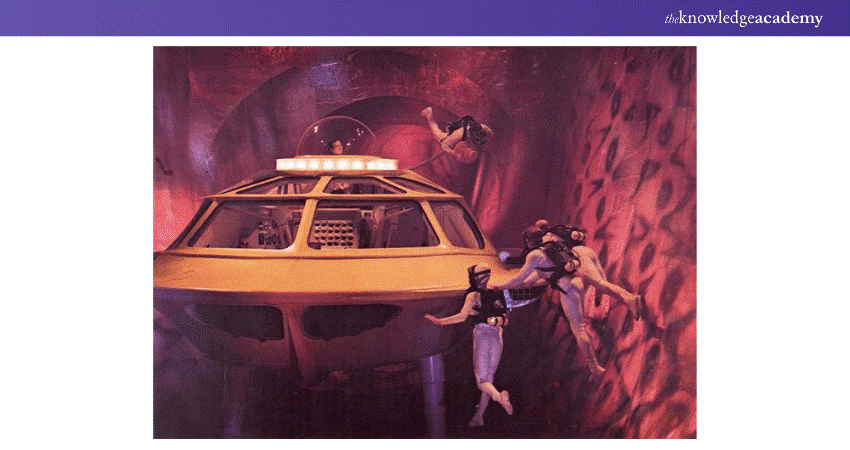

While the early '60s didn't see many technical leaps in effects, computer graphics experienced substantial progress. Ivan Sutherland's Sketchpad Interactive Software in 1962 and the establishment of the first computer graphics department at the University of Utah in 1966 were milestones. James Blinn's development of mapping and bump mapping techniques in 1976 and 1978, respectively, further pushed the boundaries. The year 1968 was notable for the founding of Evans and Sutherland, the world's first computer graphics company, and the development of ray tracing by Bell Labs and Cornell University, setting the stage for future innovations in visual effects.
Learn how to make logic to decide the behaviour of your epic game with our Unreal Engine 4 Game Development Training – join today!
1970s–80s Arrival of Computer Graphics
The 1970s were a groundbreaking decade for computer graphics, marked by the invention of Bezier curves in 1970, Gouraud shading in 1971, and Phong shading in 1975. The era also witnessed the creation of the iconic CG teapot in 1975, which has since become a symbol of CG history. Ed Catmull introduced texture mapping, which was further refined by James Blinn, and Quantel released the Paintbox. George Lucas established Industrial Light & Magic (ILM) in 1975, later joined by visual effects legends Dennis Muren, John Dykstra, Richard Edlund, and Ed Catmull in 1979. This period saw the integration of CG in films such as “The Black Hole,” “Jaws,” “Superman,” “Star Trek: The Motion Picture,” and “Alien” (1979).
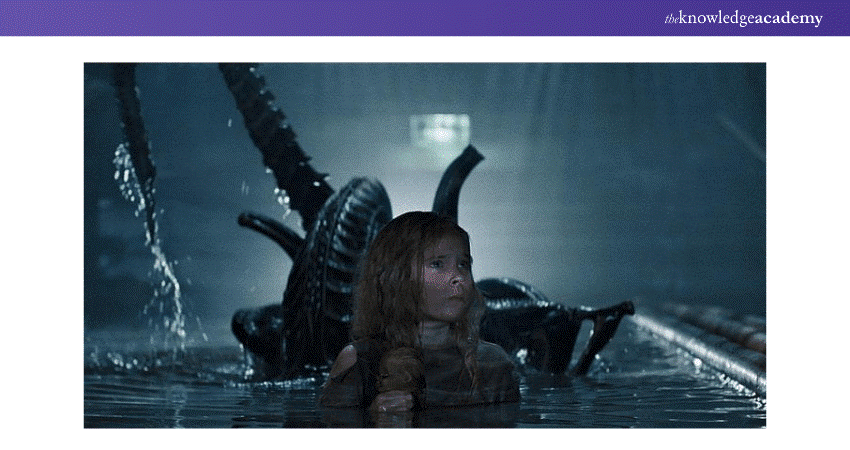
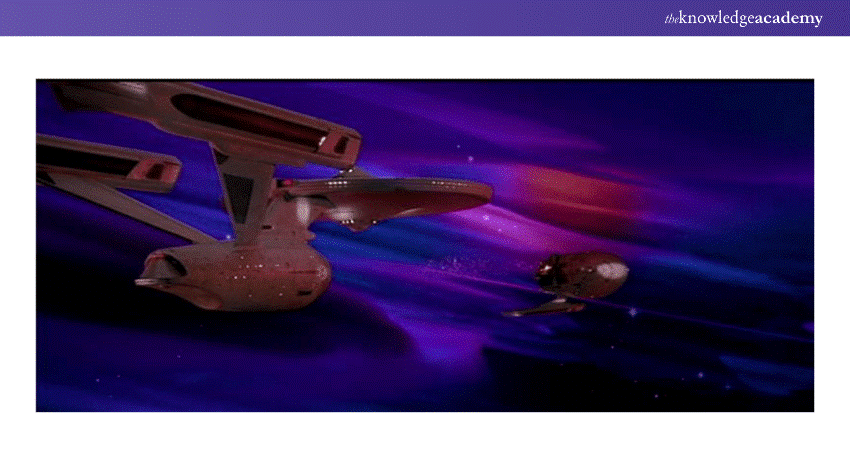
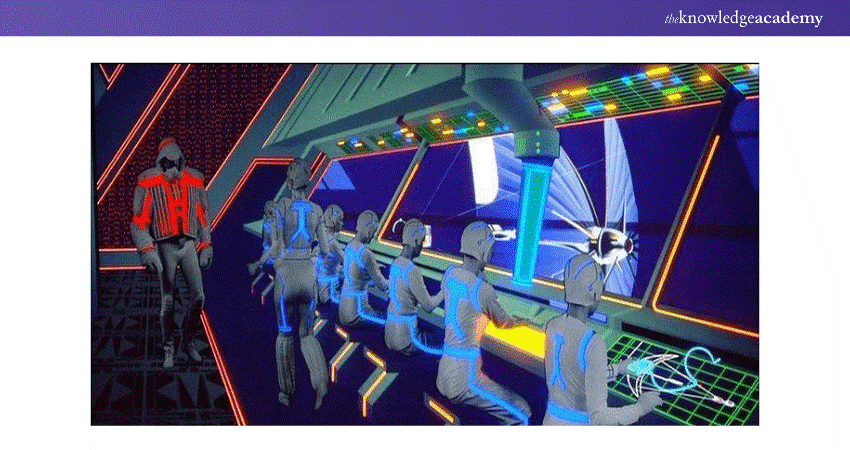
The 1980s continued this innovative streak with Disney’s “Tron,” which was the first film to make extensive use of 3D computer graphics. ILM also made history by producing the first-ever CG image for “Star Trek II: The Wrath of Khan” in 1982, setting a new standard for visual effects in cinema.
2000s–Current
Visual effects (VFX) have become an indispensable part of modern filmmaking, transforming the way stories are told on screen. The turn of the millennium saw “Gladiator” clinch the Academy Award for Best Visual Effects, while “Sinbad: Beyond the Veil of Mists” (2000) became the first feature-length film primarily created using motion capture technology. The release of “The Lord of the Rings: The Fellowship of the Ring” in 2001, which employed the Schüfftan process among other techniques, also earned an Academy Award for its stunning visual effects. The 2000s were marked by groundbreaking films like the “The Lord of the Rings” series, “Pirates of the Caribbean: Dead Man’s Chest,” “The Curious Case of Benjamin Button,” and “Avatar,” each pushing the boundaries of VFX.
The 2010s continued this trend with Oscar winners for best visual effects including “Inception” (2010), “Hugo” (2011), “Life of Pi” (2012), “Gravity,” “Interstellar” (2014), “Ex Machina” (2015), “The Jungle Book,” “Blade Runner 2049” (2017), “First Man” (2018), and “1917.” VFX has become so prevalent that it’s used in nearly all movies produced today. “Avengers: Endgame” (2019), the highest-grossing film of all time, utilised VFX in about ninety percent of its scenes. Furthermore, the impact of VFX extends beyond cinema to television and web series as well.

In 2019, Disney’s “The Mandalorian” pioneered the use of LED screens to replace green screens, offering more realistic lighting and environments. This innovation is just one example of how VFX continues to evolve and enhance storytelling.

Adding to these examples, recent years have seen remarkable VFX work in films like “Jungle Cruise,” which brought together a blend of live-action and digital effects to create an immersive adventure experience. “Venom: Let There Be Carnage” showcased impressive CGI to bring the symbiotic characters to life with visceral realism2. Moreover, television series like “Game of Thrones” and “Stranger Things” have leveraged VFX to create their iconic creatures and supernatural elements, proving that the magic of VFX isn’t confined to the big screen.
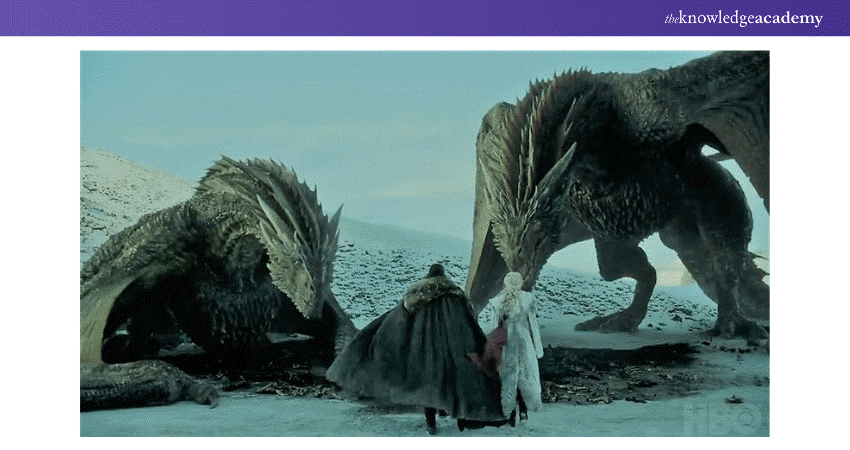
As we look to the future, VFX continues to be a dynamic and integral component of visual storytelling, with filmmakers and artists constantly exploring new ways to bring their visions to life. Whether it’s through the creation of otherworldly landscapes, lifelike creatures, or seamless integration of live-action with digital elements, VFX remains at the forefront of cinematic innovation.
The Future of Visual Effects
The advancements in morphing VFX witnessed in films from the 2010s to the early 2020s have reached an unprecedented level of photorealism, making it challenging to envision further enhancements in CGI believability. The plethora of tools available to artists is staggering, and creative teams continue to innovate, developing unique and proprietary solutions to surpass the capabilities of existing software.
From the initial forays into lifelike CGI face morphing by ILM in “Star Trek IV: The Voyage Home” four decades ago, the industry has progressed to the extraordinary CG transformations seen in movies like “Venom.” This rapid growth in the VFX industry ensures that the demand for talented VFX artists will remain strong as they continue to push the boundaries of visual storytelling.
Understand how to create visuals in Pygame with our Python Game Development Training with Pygame – join today!
Conclusion
The History of VFX showcases remarkable technological advancements and creative innovation, from early practical effects to groundbreaking computer graphics and sophisticated digital effects. his relentless pursuit of innovation not only enhances the cinematic experience but also inspires new generations to dream bigger and create the unimaginable.
Learn how to track motion and match moving to integrate graphics with our VFX Visual Effects Training – join today!
Frequently Asked Questions

VFX revolutionises the film industry by enabling the creation of visually stunning and imaginative scenes that are otherwise impossible. It enhances storytelling, immerses audiences in fantastical worlds, and has become a critical component in blockbuster movies.

While specific individual wealth is hard to determine, John Knoll, a prominent VFX artist and chief creative officer at Industrial Light & Magic, is highly influential and well-compensated, contributing to major projects like "Star Wars" and "Avatar."

The time required for VFX varies greatly depending on the project's complexity. It can range from a few weeks for simple effects to several months or even years for intricate, high-budget films requiring extensive post-production work and detailed effects.

The Knowledge Academy takes global learning to new heights, offering over 30,000 online courses across 490+ locations in 220 countries. This expansive reach ensures accessibility and convenience for learners worldwide.
Alongside our diverse Online Course Catalogue, encompassing 17 major categories, we go the extra mile by providing a plethora of free educational Online Resources like News updates, Blogs, videos, webinars, and interview questions. Tailoring learning experiences further, professionals can maximise value with customisable Course Bundles of TKA.

The Knowledge Academy’s Knowledge Pass, a prepaid voucher, adds another layer of flexibility, allowing course bookings over a 12-month period. Join us on a journey where education knows no bounds.

The Knowledge Academy offers various Game Development Training, including the VFX Visual Effects Training, Unreal Engine 4 Game Development Training and Python Game Development Training with Pygame. These courses cater to different skill levels, providing comprehensive insights into Game Development Process.
Our Programming & DevOps Blogs cover a range of topics related to visual effects, offering valuable resources, best practices, and industry insights. Whether you are a beginner or looking to advance your Video Editing skills, The Knowledge Academy's diverse courses and informative blogs have got you covered.
Upcoming Batches & Dates
Date








 Top Rated Course
Top Rated Course



 If you wish to make any changes to your course, please
If you wish to make any changes to your course, please


